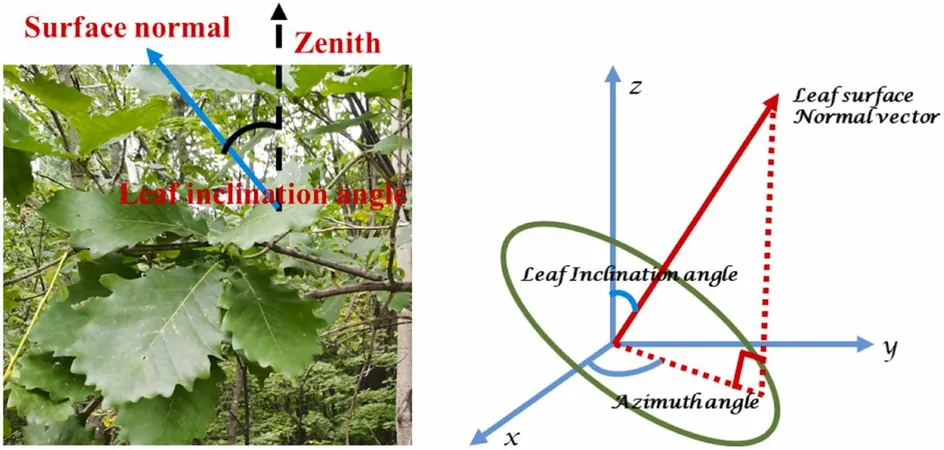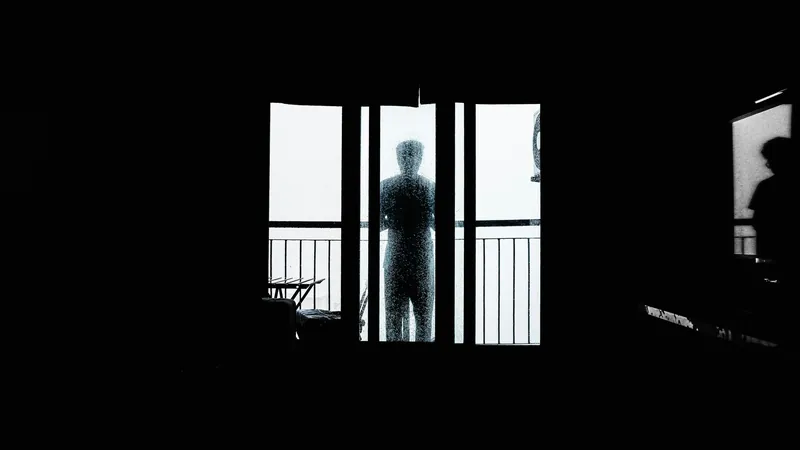
Revolutionary Tree Shade Tolerance Model Could Transform Forest Management
2025-09-22
Author: Arjun
Groundbreaking Research in Forest Ecology
A team of visionary scientists, led by Academician Zhu Jiaojun from the Institute of Applied Ecology at the Chinese Academy of Sciences, has unveiled an innovative quantitative model for classifying tree shade tolerance. This cutting-edge method is set to revolutionize the study and management of forest ecosystems, as detailed in their latest publication in Forest Ecology and Management.
What Is Shade Tolerance?
Shade tolerance is the measure of a tree's resilience in low-light environments—key to its survival, growth, and reproductive success. Understanding this factor is crucial for deciphering forest community dynamics, as it impacts species composition, forest structure, ecological succession, and the selection process for species in afforestation efforts.
Moving Beyond Traditional Classifications
Historically, shade tolerance has been categorized into broad types: shade-intolerant, shade-tolerant, and everything in between. However, these qualitative classifications often lack the precision needed for advanced research and effective forest management.
A High-Tech Solution: Terrestrial Laser Scanning (TLS)!
In a groundbreaking move, the research team utilized Terrestrial Laser Scanning (TLS)—an advanced remote sensing technology—to accurately measure leaf inclination angles, a critical parameter for assessing shade tolerance. They introduced a new metric: the Relative Shade Tolerance Index (RSTI), a sophisticated tool that quantifies how different temperate forest species adapt to varying light conditions.
Precision in Measurement
Conducting their research at national field research stations in Liaoning and Jilin provinces, the scientists performed high-precision 3D scans on 23 species of broadleaved trees. By capturing multi-angle scans from five to six points at varying canopy heights, they implemented a curvature-adaptive algorithm to extract highly accurate measurements of leaf inclination.
Classifying Trees: The Five New Categories
Through meticulous cluster analysis of average leaf inclination angles, vertical distribution, and frequency, the researchers successfully categorized the 23 tree species into five distinct groups: very shade-intolerant, shade-intolerant, moderately shade-tolerant, shade-tolerant, and very shade-tolerant. This categorization offers a nuanced understanding of tree adaptability in low-light environments.
Proven Accuracy and Future Implications
The innovative RSTI treats shade tolerance as a continuous function, formulated through a nonlinear predictive model. Validation using data from 61 temperate broadleaved tree species revealed an impressive prediction accuracy of 83.6%, particularly excelling in the leaf inclination angle range of 51° to 87°. This novel method signifies a breakthrough in quantitatively classifying shade tolerance and highlights the transformative potential of TLS in enhancing the accuracy and thoroughness of canopy data.
Conclusion: A Game-Changer for Forest Management
This pioneering study not only elevates our understanding of tree biology but also paves the way for more effective forest management strategies. As climate change and habitat destruction continue to threaten ecosystems globally, this new model holds the key to better conserving our vital forests for generations to come.




 Brasil (PT)
Brasil (PT)
 Canada (EN)
Canada (EN)
 Chile (ES)
Chile (ES)
 Česko (CS)
Česko (CS)
 대한민국 (KO)
대한민국 (KO)
 España (ES)
España (ES)
 France (FR)
France (FR)
 Hong Kong (EN)
Hong Kong (EN)
 Italia (IT)
Italia (IT)
 日本 (JA)
日本 (JA)
 Magyarország (HU)
Magyarország (HU)
 Norge (NO)
Norge (NO)
 Polska (PL)
Polska (PL)
 Schweiz (DE)
Schweiz (DE)
 Singapore (EN)
Singapore (EN)
 Sverige (SV)
Sverige (SV)
 Suomi (FI)
Suomi (FI)
 Türkiye (TR)
Türkiye (TR)
 الإمارات العربية المتحدة (AR)
الإمارات العربية المتحدة (AR)